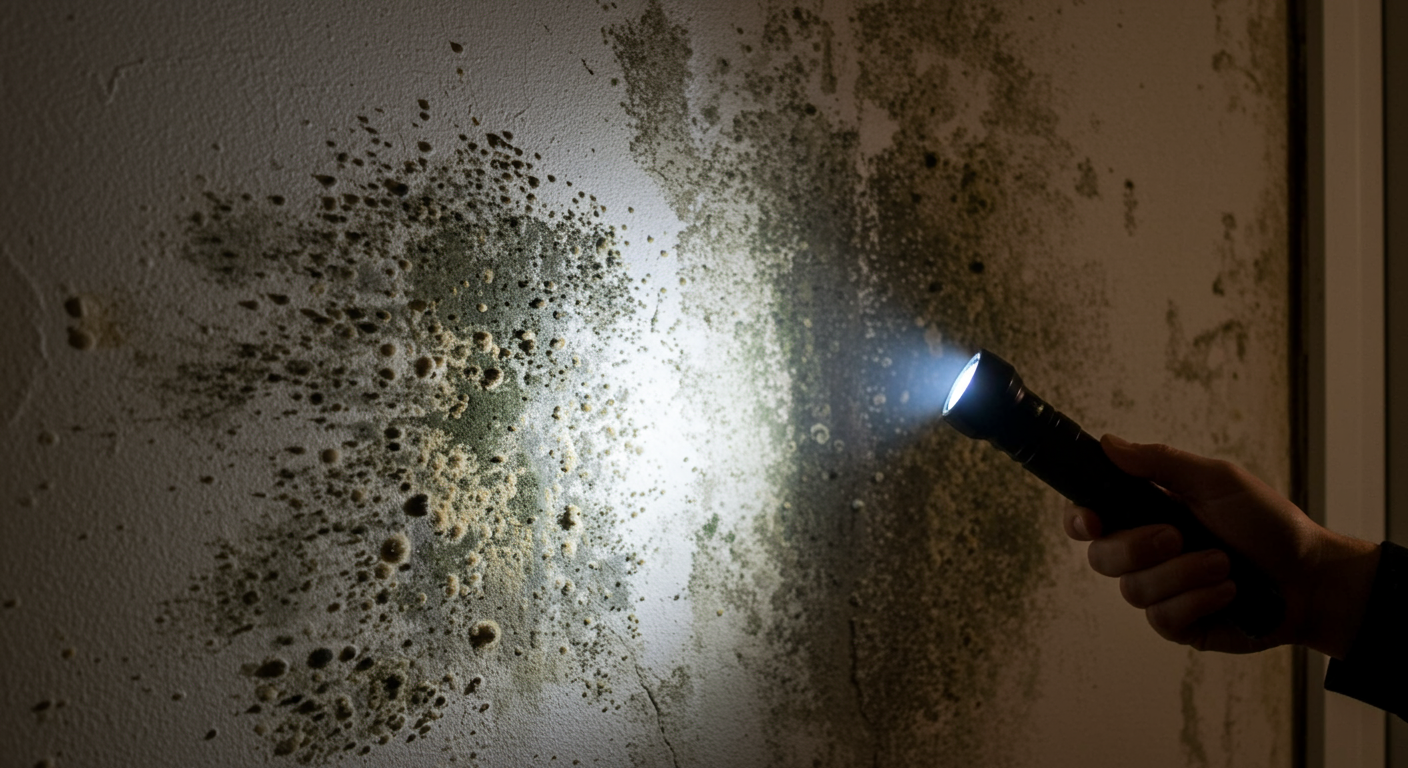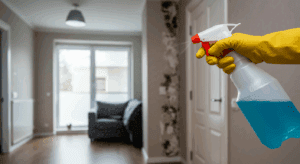Mold is a common problem for homeowners in San Antonio, TX, due to the region’s warm and humid climate. Left unchecked, mold can cause significant damage to your property and pose serious health risks to your family. In this article, we’ll explore the signs of mold, its health implications, and how to prevent its growth in your home.
Understanding Mold and Its Risks in San Antonio
Health Implications of Mold Exposure
Mold exposure can lead to a variety of health issues, especially for individuals with allergies, asthma, or weakened immune systems. Common symptoms include sneezing, coughing, skin irritation, and respiratory problems. Prolonged exposure to toxic molds, such as black mold, can result in severe health complications, including chronic lung conditions. Protecting your family’s health starts with identifying and addressing mold issues promptly.
Why San Antonio’s Climate is Prone to Mold Growth
San Antonio’s hot and humid climate creates the perfect environment for mold growth. High humidity levels, combined with frequent rainfall, can lead to moisture accumulation in homes. Areas like basements, bathrooms, and kitchens are particularly vulnerable. Understanding the local climate’s role in mold proliferation is key to effective prevention and remediation.
Key Signs of Mold Presence in Your Home
Distinctive Musty Odors
One of the earliest signs of mold is a persistent musty smell. This odor is often described as earthy or damp and is most noticeable in enclosed spaces like closets, basements, or under sinks. If you notice this smell, it’s a strong indicator that mold is present, even if it’s not yet visible.
Visible Mold Growth: What to Look For
Mold can appear in various colors, including black, green, white, or gray. It often grows in clusters and can be found on walls, ceilings, floors, or furniture. Pay close attention to areas with high moisture levels, such as bathrooms and kitchens, as these are common breeding grounds for mold.
Water Damage Indicators
Water stains, peeling paint, or warped walls and floors are telltale signs of water damage, which often leads to mold growth. If you notice these issues, it’s essential to address the underlying moisture problem to prevent mold from spreading. Learn more about effective moisture damage repair here.
Testing for Mold: DIY Methods and Professional Help
The Sniff Test: Identifying Odors
The sniff test is a simple way to detect mold. Walk through your home and pay attention to any unusual musty smells, especially in areas prone to moisture. While this method isn’t foolproof, it can help you identify potential problem areas.
The Bleach Test: When and How to Use It
To confirm the presence of mold, you can use the bleach test. Apply a small amount of bleach to the suspected area. If the discoloration lightens or disappears, it’s likely mold. However, this method should be used with caution, as bleach can damage surfaces and may not eliminate the mold entirely.
When to Call in Professionals
If you suspect a severe mold problem or are unable to locate the source, it’s best to consult a professional mold remediation service. Experts have the tools and expertise to identify and address mold issues effectively. For professional help, check out these expert mold removal solutions.
Preventing Mold Growth in Your Home
Importance of Proper Ventilation
Good ventilation is crucial in preventing mold growth. Use exhaust fans in bathrooms and kitchens to reduce humidity levels. Open windows and doors regularly to allow fresh air to circulate, especially after cooking or showering.
Fixing Leaks and Moisture Issues
Leaky pipes, roofs, or windows can create the perfect conditions for mold to thrive. Regularly inspect your home for leaks and repair them promptly. Addressing moisture issues at their source is one of the most effective ways to prevent mold.
Regular Home Maintenance Tips
Routine home maintenance can go a long way in preventing mold. Clean and dry areas prone to moisture, such as bathrooms and basements, regularly. Use a dehumidifier to maintain optimal indoor humidity levels, especially during San Antonio’s humid summer months. For more tips on mold prevention, read this comprehensive guide.

Conclusion
Mold is a serious issue that can affect both your home and your health. By understanding the signs of mold, testing for its presence, and taking preventive measures, you can protect your family and property. If you’re dealing with a mold problem in San Antonio, don’t hesitate to seek professional help to ensure a thorough and effective solution. Stay proactive and keep your home mold-free!




